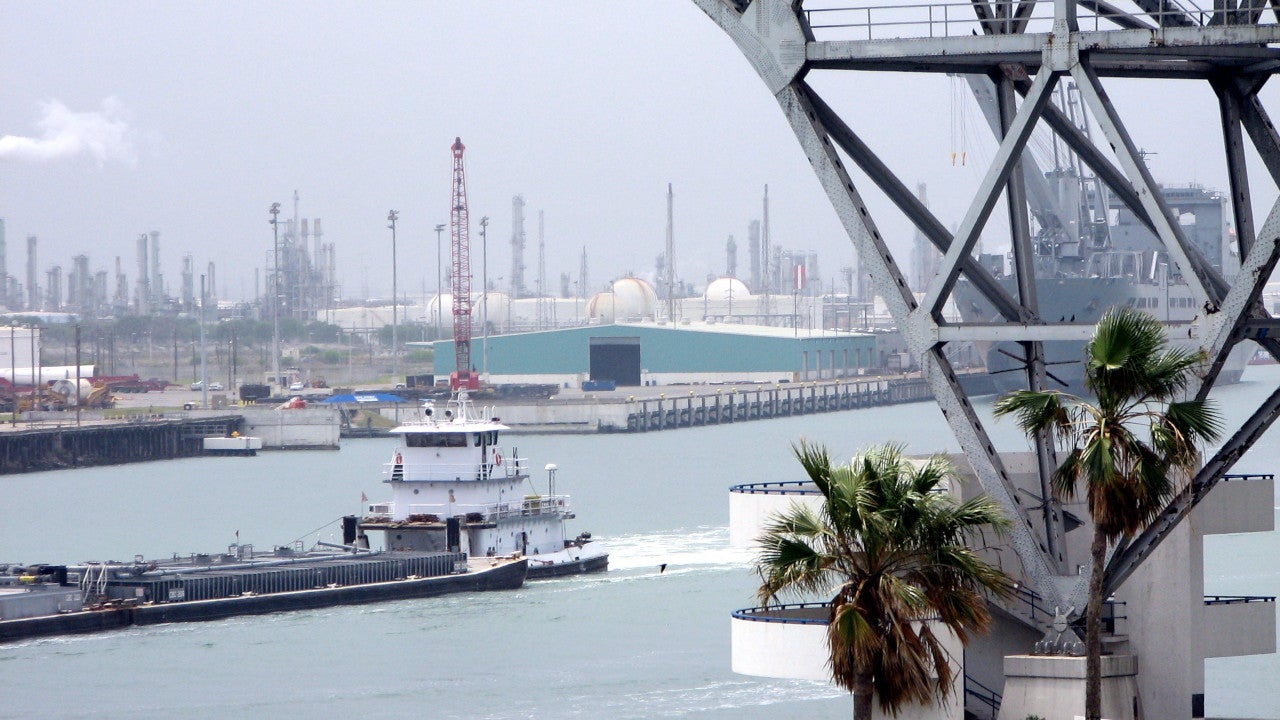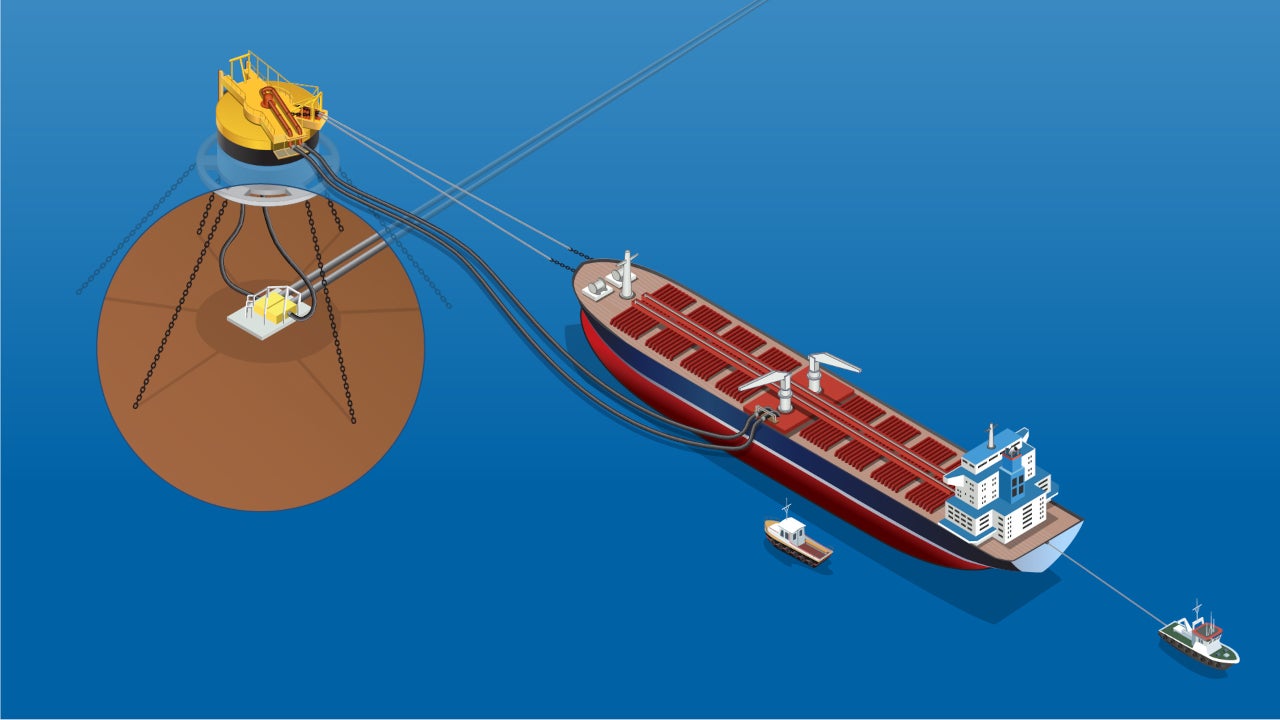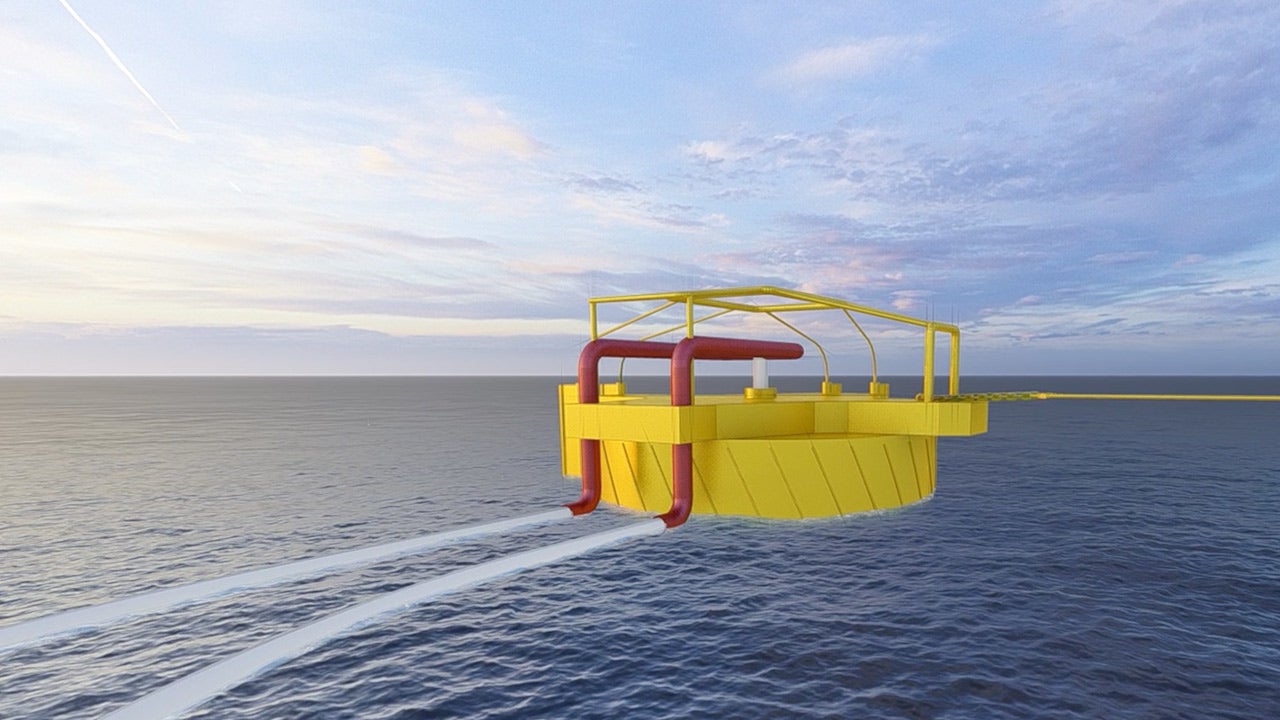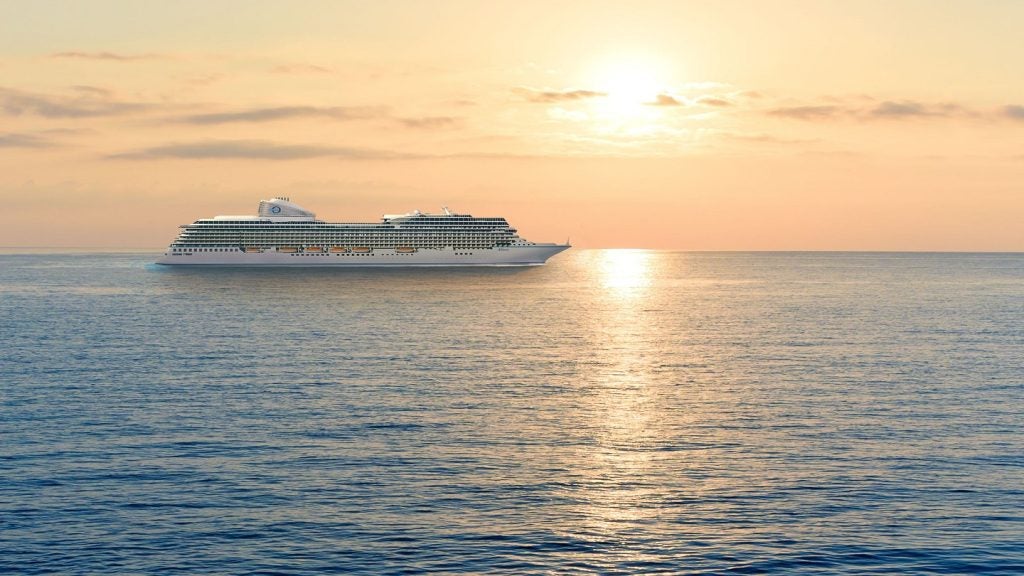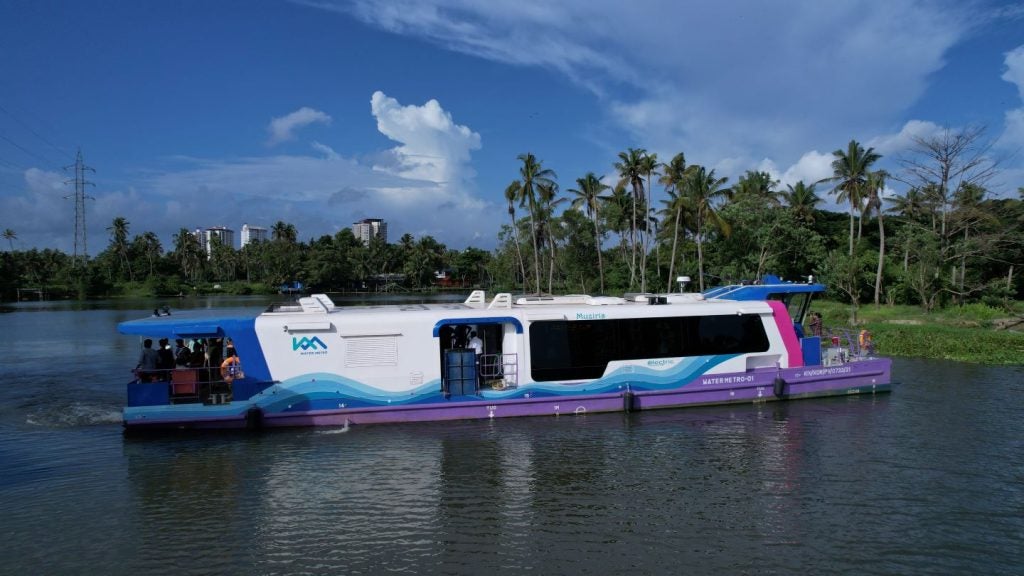Bluewater Texas Terminals (BWTX) is a proposed offshore deepwater port in Texas, US, for exporting crude oil to global markets. It will be built approximately 39km east of the entry to the Port of Corpus Christi.
Phillips 66 and Trafigura Group entered a 50:50 joint venture (JV), known as Bluewater Texas, for the development of the new deepwater port in February 2020. The JV collaborated with the Port of Corpus Christi Authority to create a safe infrastructure for the export of crude oil.
The new export terminal project was approved by the Port of Corpus Christi Authority Commission in December 2020. It is awaiting approvals from federal agencies such as the US Maritime Administration (MARAD) and the US Coast Guard (USCG). The application for the approval of the licence to own, build, and operate the proposed deepwater port was submitted to the federal bodies in May 2019.
The project development is subject to a final investment decision by Phillips 66 and its JV partner Trafigura.
Bluewater Texas Terminals details
The deepwater port will feature two single point mooring (SPM) buoys, which will provide the capacity to load crude tankers including very large crude carriers (VLCCs) at production rates of up to 80,000 barrels per hour. It is expected to serve approximately 16 VLCCs a month. An operations centre spanning 12 acres will be constructed on Harbor Island in Nueces County, Texas.
It will include the infrastructure to facilitate the transportation of domestic crude oil through the planned pipeline infrastructure to the offshore deepwater port to load moored vessels. Key infrastructure at the facility will include an operations building, pig launchers/receivers, meters and valves, and a communications facility.
Other project infrastructure
The project will use existing pipeline corridors and Port of Corpus Christi Authority property. It will have 91km of pipeline infrastructure including 35.7km-long two new parallel 30in-diameter pipelines stretching from a proposed multi-use terminal to be built near Taft in San Patricio County, Texas. The onshore multi-use storage terminal will provide crude oil to BWTX.
Inshore project infrastructure is expected to contain two new 30in-diameter pipelines connecting to the onshore facility, as well as a connection to the planned offshore pipeline within San Patricio and Nueces counties.
BWTX will also include offshore pipeline component and a catenary anchor leg mooring (CALM) system for each SPM buoy.
Existing details of the Port of Corpus Christi
The Port of Corpus Christi is the third-largest port in the US and second-largest exporter of crude oil. Operational since 1926, it is situated on the Texas Gulf of Mexico, approximately 80km away from the Mexican border.
The port handled 143.8 million tonnes of cargo and 6,314 ships as of November 2020. It serves as a major gateway to both international and domestic maritime trade. It can be accessed via US Highway 181 and is also served by three railway routes including Burlington Northern Santa Fe (BNSF), Kansas City Southern (KCS), and Union Pacific (UP).
The port’s general cargo terminal handles roll-on/roll-off cargo, and other general and breakbulk cargoes. The Port of Corpus Christi’s 13 public oil docks have berths ranging between 246ft and 1,000ft with depths of up to 45ft. Private oil docks handle petroleum and petrochemical products.
The Bulk dock handles minerals, coal, ore, and other dry bulk commodities and can also be used to load vessels if required. Other infrastructure at the port includes a range of storage facilities such as open and covered storage and near-dock. Major ongoing projects at the port include a $380m project for deepening and widening the ship channel from the Gulf of Mexico to Harbor Island to accommodate larger vessels.
The channel improvement project is expected to be completed by 2022 and will support the port’s plan to accommodate growth in crude oil production. Other projects include a $1.3bn PET plant by M&G Chemicals on the northside of the Inner Harbor near the Nueces River Rail Yard, and the La Quinta Trade Gateway Terminal.

